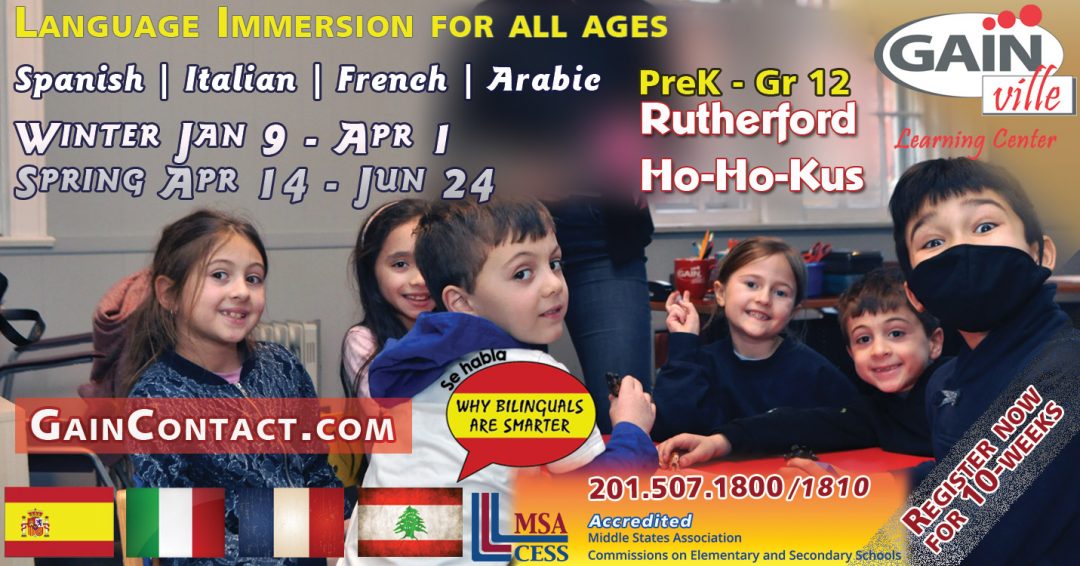Our Blog

Stay with us in the French Quarter
** French President Macron visits New Orleans by WALT HANDELSMAN | STAFF EDITORIAL Cartoonist
With Russia and Ukraine fighting a full-scale drone war these days, and the US White House hosting a dinner banquet this week for the French President, there is enough oomph to celebrate a much needed drive for congenial relations. The world is at a dire need to connect and heal in 2023 after a pandemic mess, and a war that has ravaged Eastern Europe and driven the point for higher ground the need to communicate. Language and diplomacy go hand in hand in this new geopolitical world that emphasizes the objective to connect more than ever.
A language school has a profound impact when showcasing the wonderful talent much needed to pursue a new way of thinking and cultural camaraderie on a global scale. Seeds for language acquisition are instilled in both children and adults for the long haul, wide and far. Learning a foreign language satisfies life-goals in attaining a better quality of life over the course of a lifetime if it is to be well-lived to the fullest.
With today’s French President Macron visit to New Orleans, it is reassuring that whenever a foreign dignitary visits the U.S. there is due attention paid to connect and retrace cultural roots. Monsieur Macron’s visit to the French Quarter is designed to create headlines and highlight cultural heritage meant to drive the francophone point that French in Louisiana remains relevant. Every time somebody has the opportunity to connect the dots and establish new ties with another country, language is the tool. When one speaks the language of another, or shows respect to learn the traits of another, communication is possible.
With deterrence on everybody’s mind, world leaders and politicians aim to please by extending an olive branch using a much sought after diplomatic protocol and projecting strength while imbuing dialogue with the possibility of long-term discourse towards peace. War can be averted and common decency and respect amongst nationals are highlighted.
With this hopeful elegy, language schools have a pressing mantra to spread fascination with rich and diverse ideas through language acquisition. People often have a passion to connect with their heritage language in a self-contained manner. We pursue a new year’s goal of learning a second language or gifting one’s saplings with one’s own ancestral language legacy, be it Spanish, Italian, French or Arabic. These are things that feel golden and deserving of that. However, it is often fascinating when one comes across a new language that has nothing to do with one’s own culture of immigration path via the Mississippi Delta or the New York Harbor. Let us celebrate pursuing a language that has nothing to do with one’s heritage, whenever possible. This is not a novel idea but is attune to learning the ways of another and communicating better in good times and bad times. This is a tribute to humanity in learning the ways of another culture and achieving better communication in both golden hours and challenging times.
Community betterment courtesy of WWNO. New Orleans Public Radio
** President Emmanuel Macron of France, French First Lady Brigitte Macron and other members of the French delegation will touch down in New Orleans for a day of French Quarter touring, climate talks, and celebrating its shared Francophone culture in Louisiana on Friday afternoon.
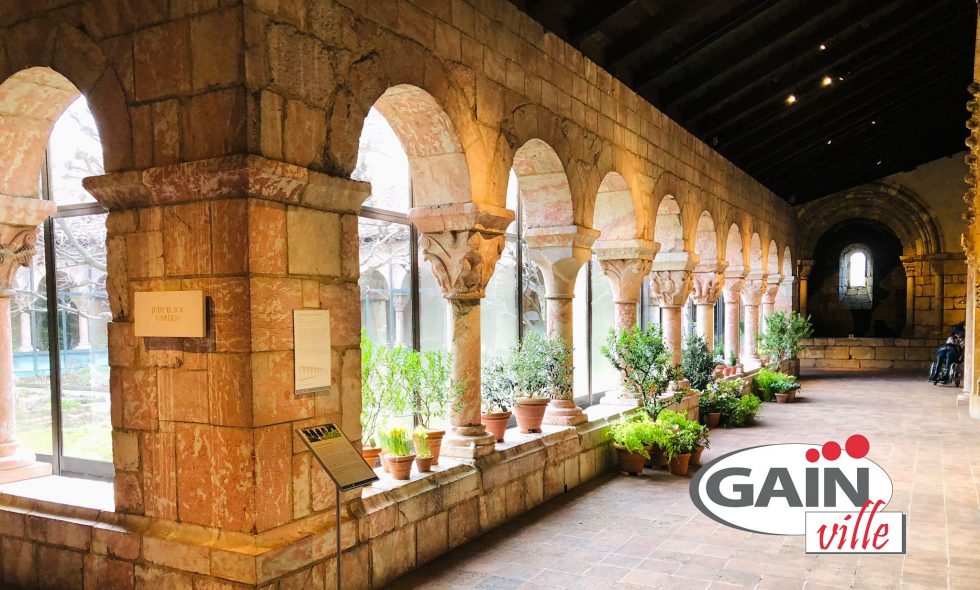
MSA Planning Committee Meetings
On May 26, 2022 the Self-Study Process started with the launch of our first meeting.
Since then, the MSA Planning Committee has come together for a total of eleven meetings and is planning to continue to do so for the coming months.
The values and the ideas of each member are playing an important role in the Self-Study Process leading Gain Ville Learning Center to receive accreditation for a new 7-year period by the Middle States Association, Commission on Elementary and Secondary school (MSA-CESS).
So far, the committee has met on the following dates and covered the following topics:
- Meeting on 5/26 Planning team Introductions, MSA Overview
- Meeting on 6/9 Mission
- Meeting on 6/21 Core Values
- Meeting on 7/5 Graduate Student Profiles
- Meeting on 7/19 Description, Purpose, Organization, Personnel, Challenges, Opportunities, Additional Information
- Meeting on 8/2 The Profile of the students and their Demographic data
- Meeting on 9/27 Assessment & performance data (Children)
- Meeting on 10/18 Assessment & performance data (Adults)
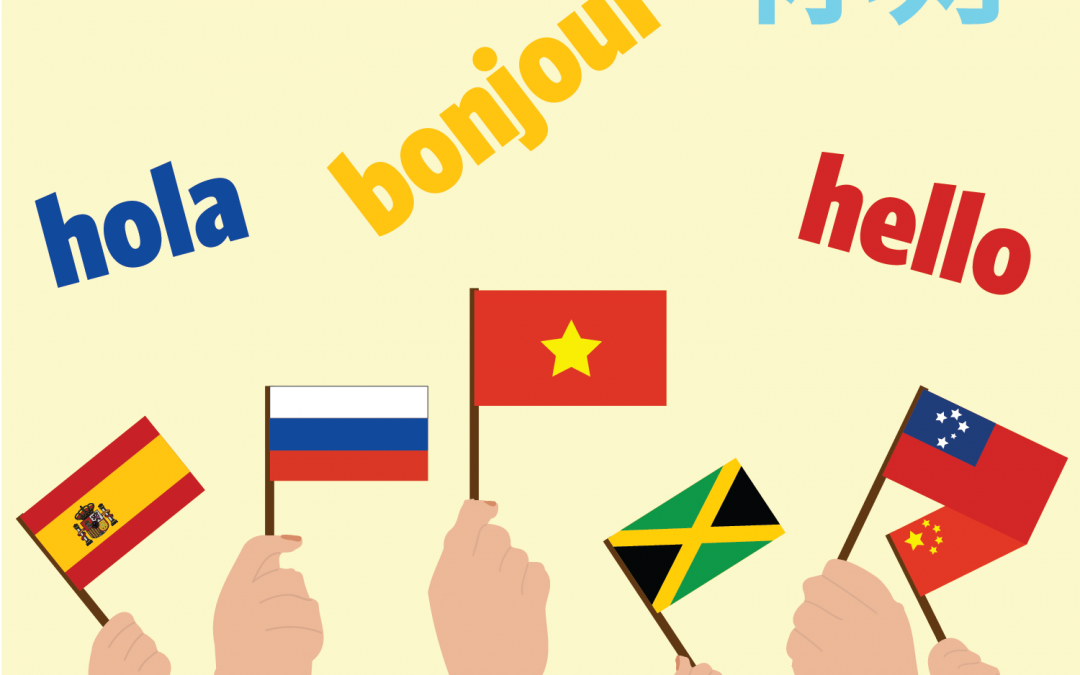
What You Gain When You Speak a Second Language
When it comes to learning, there is a valuable Spanish proverb that says: “A la cama no te irás sin saber una cosa más”.
This phrase, which has been translated worldwide, might be interpreted in English as “You won’t go to sleep without learning a new thing every day”. Or at least, you shouldn’t.
Indeed, according to an Oxford Study conducted by Dr. Heidi Johansen-Berg of the Department of Clinical Neurology and contrary to common belief, our brain does not begin to degenerate once we reach adulthood on the condition that we learn new tasks or skills every day.
It is claimed that in order to ensure a consistent and permanent learning process that activates changes on the white matter – the bundles of long nerve fibers that generate electrical signals between nerve cells and connect different parts of the brain together- why shouldn’t you choose to learn a new language?
Given the study of a new language is a daily process that can last forever and involves many intellectual abilities and brain functions, the benefits of second language acquisition are copious and disparate.
From the social point of view, living in the multilingual world where we live, connections are more important than ever and sometimes using a lingua franca is not enough to establish deep relations between two people who don’t share a common language. In fact there are emotions and words of the heart that lose value when translated in another language and do not get straight to the heart of the speaker as they would if they were spoken in their original language.
The Accrediting Council for Teaching Foreign Languages (ACTFL) takes a more cognitive approach by asserting that language learning has been shown to improve the following:
- Enhance problem solving skills
- Improve verbal and spatial abilities
- Improve memory function
- Enhance creative thinking capacity
- Improve attitude toward the target language and culture
Next comes the pressing question of “When is the best time to start learning a new language?”
Even though the benefits of acquiring a new language as a kid are undeniable – suffice it to know that around the age of 20 a person loses the possibility to acquire the perfect pronunciation of a native- the advantages of studying a new language as an adult are not negligible.
Instead, it seems that bilingualism has very positive effects on the prevention of mental diseases such as Alzheimer. Even though a study co-authored by John Grundy, assistant professor of psychology at Iowa State University, unfortunately was not able to show that bilingualism fully deters the incident rates of Alzehiemer’s disease, it did show how the study of a foreign language helps delay its symptoms up to five years: “Bilinguals and monolinguals eventually show the same number of Alzheimer’s disease cases, but bilinguals tend to be able to delay those symptoms for longer” Grundy said.
Now that we have clarified the importance of bilingualism, we may ask: “How can I learn a new language?”.
To begin with, the good news is that there are options galore when it comes to learning a new language including varied methods of instruction and resources for learning. Some options include enrolling in a course with a native instructor, buying a book and becoming the self-teacher, traveling to a country for full immersion while making new friends, watching movies in the target language and, last but not least, reading about current events or watching programming in the target language.
While reading in a foreign language can be a complex exercise if we wait until we reach adulthood, it seems that it is one of the most efficient ways to teach a second language to young kids and a precious opportunity to develop the flexibility of their mind, as Professor Janice M. Bland from the Nord University (UK) asserts: “Young learners who read literature in foreign languages develop greater mental flexibility”.
Next time you read a story to young kids in a language that they do not know yet, just keep in mind that the choice of which book to read must be guided by how easy and age-appropriate the written content appears to be, that there is a sufficient amount of repetition – yes, kids are able to listen to the same story a hundred times and enjoy it every time! – and that kids learn from and like routine. This is why it might be a good idea to dedicate some time to become a storyteller at night, right before your children go to sleep.
In summary, while the language acquisition process may not seem so easy, and can even be discouraging in its interruption and restarts, it is still a worthwhile endeavor and a lifelong journey that is worth the investment. As once so well said by Charlmane: “To have another language is to possess a second soul”. As such, the magnificence of the reward far outweighs the effort.
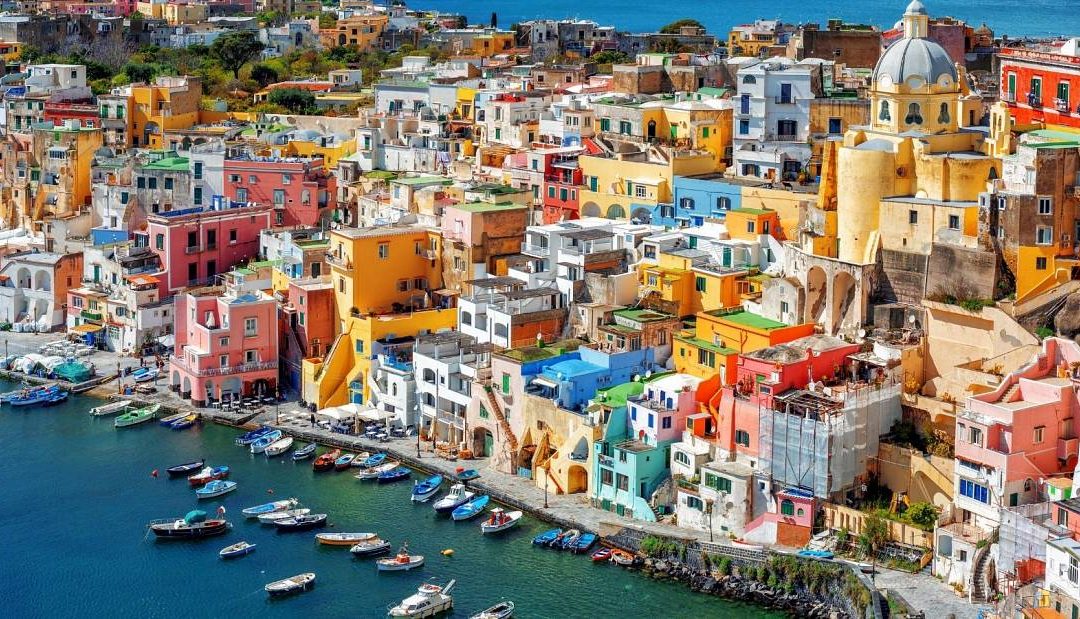
How to Nourish Cultural Heritage
You may ask yourself what is the point of nourishing the seeds of our cultural heritage when the U.S. culture will likely overshadow and subdue any attempts at maintaining our culture. You may be asking this from the lens of an early or mid career professional, a parent or a business with ties to another country or culture. How can you safeguard the pillars of cultural heritage when everything around obliges us to conform and blend in? Before we can answer that question, it may be worthwhile to first take a look at how the United States came about from a demographic perspective, regroup to define the term Cultural Heritage and then begin to understand where to go from there.
Given its immense size and diverse heritage, it is fair to say that the United States of America possesses one of the most complex cultural identities in the world. Since the Europeans first discovered and colonized the land back in the 15th and 16th centuries, millions of immigrants from all over the world have journeyed to America and called it their home. This combination of cultural backgrounds and ethnicities has coined the term “melting pot” for the United States. That said, as the third largest country in both area and population, this has enabled the formation of subcultures within the United States.
According to the United Nations Educational, Scientific and Cultural Organization (UNESCO), the word heritage in its true meaning of the term includes the cultural legacy which we receive from the past, which we live in the present and which we will pass on to future generations. To be sure, cultural heritage is not limited to monuments and collections of objects. Rather, it consists of living expressions inherited from our ancestors, such as oral traditions, performing arts, social manners, rituals, festive events, knowledge and practices related to nature and the universe, and knowledge and techniques linked to traditional crafts. For cultural heritage to pass on to future generations, we need to ensure that we are able to navigate cultural nuances and achieve cultural competency that harmonize our heritage culture with our current environment. Our success at this will not only propagate our cultural legacy but also equip us with the skills to navigate today’s global environment.
Research shows that there is a fragile global heritage, including ethnic cultural traditions, being threatened by extinction in a modern world. Specifically, according to UNESCO, the world’s linguistic diversity is a ‘fragile heritage’ at risk of being lost. Not only is language a key ally in the fight against discrimination but language preservation in and of itself, safeguards the world’s cultural heritage and promotes creative diversity. According to a new study conducted by researchers from The Australian National University (ANU), 50 % of the estimated 6,700 spoken languages worldwide are in danger of disappearing by the end of the century. Published in Nature, Ecology and Evolution, this study points out that at present, one language is lost every three-month period and is projected to triple in the next 40 years, with at least one language lost per month unless measures are taken to circumvent that. As well put by Professor Bromham from the study, “When a language is lost or is ‘sleeping’ as we say for languages that are no longer spoken, we lose so much of our human cultural diversity”.
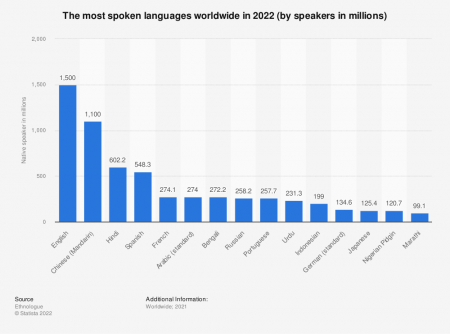 English is the world’s most widely-spoken language. Image: Statista.
English is the world’s most widely-spoken language. Image: Statista.
While the new digital age is said to be largely responsible for the fall of some indigenous dialects due to a focus on a few major languages at the expense of smaller ones, it is still not too late. As Bromham continues, “Many of the languages predicted to be lost this century still have fluent speakers, so there is still the chance to invest in supporting communities to revitalize indigenous languages and keep them strong for future generations”. Just like a thriving society needs a strong economy, a healthy economy can only be built on a vibrant culture that promotes individual and social well-being. Nourishing the seeds of cultural heritage is at the essence of well-being as it does not only promote better connections with our heritage and the world but also continuity of traditions, values, and know-how.
It is not enough to just call ourselves an American of Spanish, French or any other heritage. Rather, we should ask ourselves to what extent are we making an effort to embrace the culture that we associate ourselves with by owning our heritage whether it is through ensuring that we learn the language and/or pass on the know how of our cultural values. The easy route is usually not the best route and fully embracing our culture requires a holistic approach that is rooted in authenticity and a conviction in the benefit of embracing our cultural identity.
Gain Bridges simplifies access to markets through its language training programs in Spanish, Italian, French and Arabic. Our year-round programs are offered as individual or group sessions and can also be tailored to meet an organization’s needs in providing language training for its employees. Gain Bridges is a wholly owned subsidiary brand of Gain Contact Group, a lifestyles and learning educational organization focused on providing customized learning solutions to individuals and organizations.
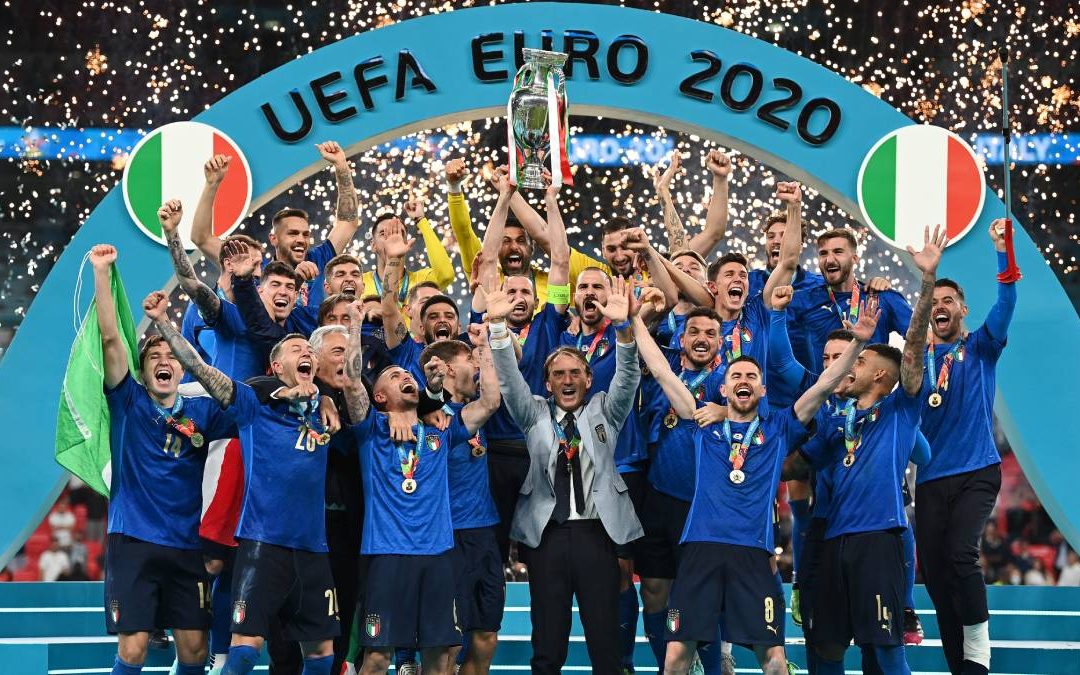
The Renaissance of Italian Football
Sunday, July 11 2021 was a historical day for Italians as they celebrated their big win of the Euro 2020 Soccer Cup, a year after it was initially scheduled due to the pandemic, by beating England on their home turf at London’s Wembley Stadium. After a month-long tournament and a tense European championship game, the blue-adorned Italian team sealed the deal with a 3–2 win, while securing their first crown since 1968. After missing the World Cup in 2018, the Italians came back with a vengeance and stole the win from the English who were hoping to secure their first major trophy since winning the World Cup at home in 1966. While the celebration of this win by the Italians showcases their passion for the sport, it is worth exploring the genesis of soccer in Italy and its connection with the Italian culture.
Soccer’s arrival in Italy dates back to the end of the 19th century, when British sailors were doing business in Italian ports. During their breaks, they would play games on the ports and in doing so, got the curious attention of the public. It took the Italians, who were new to football at the time, some time to understand and learn how to play the game. The origins of Italian soccer can be traced back to 1887 when Eduardio Bosio, a bookkeeper from Nottingham returned to Turin with a leather ball and set up the first Torino football and Cricket Club. In 1893, the Genoa club was formed and holds the title of the oldest club still playing today.
It is believed that soccer’s roots in Italy predate back to 1200–1300AD when the sport was born in Florence, as “historic Florentine football”, known as the “Calcio Storico Fiorentino” or “Calcio in Livrea” in old Florence. Later, during the 16th Century, this was one of the many competitions and pastimes among the local nobleman including wealthy aristocrats and popes. A combination of rugby and football, the Calcio Storico is regarded as one of the world’s most dangerous sports as it was born right during the Roman times when Gladiators used to fight in arenas and kings came up with violent sports for enjoyment.
Although its popularity began to fade in the 17th century, the Calcio Storico was revived in the 1930’s as a recognized sport under the rule of Benito Mussolini. Since then, the Calcio Storico has become an annual event that is held in the Piazza Santa Croce with new precautions introduced to prevent death for participants. Today, the Calcio Storico is dubbed as the father of modern soccer, American football and Rugby. The Italian football federation (FIF) was set up in 1898 with the initial goal of having fun. FIF evolved into the Italian Federation for the Game of Soccer (FIGC) which was in turn responsible for creating the first Italian championship. Other soccer clubs later sprouted throughout Italy and supporter groups began to form everywhere. Italians were engaged in a ‘kickaround’ of a ball, can or piece of paper anywhere they could: in chapels, courtyard estates, parks, squares and beaches. The Azurri followed in 1910, adopting the name of ‘Azure’ (blue), the color of the House of Savoy (Casa Savoia) and in so doing, set the tone for the team’s colors. The first victory at the World Cup came in 1934 and confirmed Italy as one of the greatest national teams of all time.
Italy’s passion for the sport has been showcased by past presidents and sports commentators, with its success turning the 1980s and 1990s into the golden years of Italian soccer. During this period, the luckiest people would go to the stadium. Others sat in front of their couches, gathered in parks with a portable radio pressed to their ears or hung out in cafes and bars the next day talking about the sport. The 1982 Gold Cup win helped position the Italian team as the best league in the world. Today spectators for the greatest Italian soccer clubs can soak in the passionate and absorbant atmosphere of the matches at cutting edge energy efficient locations such as the Allianz Stadium or at the San Siro stadium, considered by many the “Church of Soccer” and the largest in the country, guaranteed to get the heart racing. Soccer is very much ingrained in the heart and soul of the Italian people while being intricately connected to their culture.
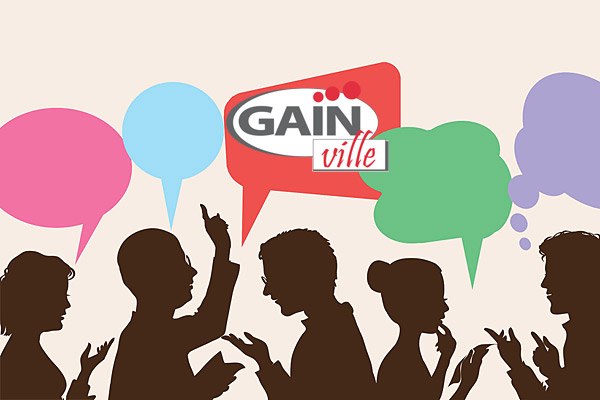
Machine Learning with a Language Muse
Your typical voice assistant these days is humanized and goes by user-friendly female names such as Alexa and Siri (a.k.a. Speech Interpretation and Recognition Interface). Familiarity is key. The key is to – Keep company only with people who uplift you, read more…
Increased Bilingualism
Now more than ever before, we are seeing a diversification of not only individuals, but languages as well in the world. One nation in particular, the United States, is living up to its nickname of a melting pot as we are seeing numbers in the millions of incoming foreigners from all over the world, seeking to get a piece of the educational and capitalistic benefits that exist in this country. California, Texas and the west coast are seeing an influx of South Americans, the east coast and Florida are seeing a rapid increase of not just caribbeans and islanders, but now we are seeing Middle Eastern refugees arrive as well. What these share in common is not their ethnic background, but the fact that they are bi or even multilingual.
Why is this? Well for starters, for someone looking to enter and start a new life in a foreign country, it would be seemingly difficult to make their way around by speaking their native tongue. Due to this, they arrive with a skill set that demonstrates partial fluency in English as well as proficiency in their native home language. Having a skill set like this automatically makes these individuals an easier hire in the business sector. Not only can they communicate with customers in English, but now as well they have added an additional language to their resume, decreasing and removing any language barriers by a significant margin!
Now here’s where the importance of learning a second language comes in, by adding this skill, you can increase your potential to communicate with foreign individuals in the millions, that’s more than a reason enough for an employer to have their eye on you.
Why it Pays Off (Literally) to Learn a Language
Yes, you read that correctly, it does pay off to learn a new language. Why is this? In a recent article by Investopedia, they included that one can expect a salary wage increase of around 1.7%, all for possessing the skill of speaking a foreign language such as Spanish. There are a number of factors that contribute to this, one being the exponentially increasing amount of immigrating individuals from foreign nations, particularly from South America in which Spanish is the dominant language. These individuals are immediately seeking work in America, and oftentimes, they have some sort of fluency in the English language. Another reason being that many universities implement a diversity core requirement in their curriculum, meaning that students must take courses that are foreign language based, whether that is French, Italian, Spanish, Arabic or Chinese.
it does pay off to learn a new language. Why is this? In a recent article by Investopedia, they included that one can expect a salary wage increase of around 1.7%, all for possessing the skill of speaking a foreign language such as Spanish. There are a number of factors that contribute to this, one being the exponentially increasing amount of immigrating individuals from foreign nations, particularly from South America in which Spanish is the dominant language. These individuals are immediately seeking work in America, and oftentimes, they have some sort of fluency in the English language. Another reason being that many universities implement a diversity core requirement in their curriculum, meaning that students must take courses that are foreign language based, whether that is French, Italian, Spanish, Arabic or Chinese.
A British Chambers of Commerce study conducted in 2013 discovered that in the field of foreign trade, over 60% of companies are limited by language barriers. As this makes sense, let’s look at an example of oil commodities. Let’s say a French gasoline company is looking for a new supplier in the Middle East, he gets on the phone with the oil company and the receptionist speaks very fluently in Arabic, but does not have any knowledge of the French language. Both individuals are stuck at a standstill, unable to communicate with each other and unfortunately, a deal is never proposed or finalized.
Because of scenarios like this, employers are avidly searching for balanced individuals who are well informed on the career they are pursuing, as well as an individual who can translate this knowledge in a foreign language.
Another fun fact is that military personnel on average receive an extra $1000 per month for having the ability to speak a foreign language, further proving that these opportunities are not just limited to the corporate field.
Never Stop Learning!

It’s finally summer! You might be finishing up school work or enjoying time outside in the summer sun after work. With COVID-19, you might find that you have more time on your hands. Instead of watching more TV, think of something you’ve always wanted to do. That could be anything from renting a musical instrument and trying it out for a month to playing a new board game with your family. But what about learning a new skill such as learning a foreign language? You might have taken a language in high school, but how much of it do you really remember? Here, I’m going to talk about the benefits of learning a foreign language. Even just 10-20 minutes a day can get you from novice to expert level over time.
Learning a language can be for adults as well as children or can be a fun family bonding exercise. For adults, learning a language can be helpful when searching for new jobs that require bilingual proficiency. This can open doors to new career paths. For children, learning a language could be a fun way to engage in mental activity. Evidence-informed practice shows that stopping mental stimulation through new activities and social gatherings can delay cognitive functioning and might even allow children to fall as much as two years behind in school. To get started, here are three helpful tips:
- Practice daily! Think of learning a new language as eating breakfast. Incorporate practice into your daily routine. This can be as simple as setting a time for yourself each day to practice. It doesn’t have to be long. You’ll start seeing improvements and confidence in your abilities through as little as 10 minutes a day.
- Make it fun! Whether you’re learning on your own, with your partner, or with children, try to make learning a new language not seem like a chore. Otherwise, you might not feel motivated to continue. If you’re going to play Scrabble with the family, try to translate the words you’re using into another language. Create a scavenger hunt for kids in which they have to identify objects outside and match them with the foreign word, for example. Have a “French only” day, for example, where the family only speaks French to each other.
- Sign up with an instructor! You might be the type to be completely disciplined on your own in keeping up the language and that’s fine! However, for those who want to feel motivated by others around them, joining a course might be the best way to keep on track. There are free phone applications such as Duolingo for practicing on the go. Gain Contact offers virtual course instruction with a live, native speaker so that you can practice and get feedback. This will help you improve your skills, build confidence, and stay motivated!
So, I encourage you to sharpen your mind, connect with others, and immerse yourself in a new hobby. Learning a language is part of being a great global citizen and you will come to realize that by speaking a new language, you can connect with so many different parts of the world and ethnic groups. This is truly rewarding as our world is becoming increasingly more multicultural.
For myself, I have traveled to different parts of the world and being able to speak the native language brings great satisfaction and others are more likely to open up. Right now, I’m learning Cantonese through my spouse and who knows where that will take me. The opportunities are endless!
Please contact Gain Contact Group to learn more about our foreign language programs. I would also recommend researching the American Council on the Teaching of Foreign Language (ACTFL) to learn more about the benefits of learning a new language.
~Nicole Fogel, Intern Coordinator


Origin of Nutella
Did you know that Feb 5 is World Nutella day? Ever wonder where the word Nutella originates from?
The word Nutella came about from the merging of the English word ‘nut’ from the typically Italian ingredient hazelnut in the gianduja, with the Italian positive-sounding and Latin suffix for sweet ‘ella’. The word’s first origins can be traced back to the 1940s to an Italian bakery owner – Pietro Ferrero, a pastry maker from Piedmont in Italy who saw an opportunity. At the time, chocolate became expensive and scarce due to rationing in Europe following World War II. Nutella was a smart solution to a tricky problem. The shortage of cocoa supplies led Pietro to create a sweet paste made of hazelnuts, sugar and just a little of the rare cocoa.
While the Nutella era officially began when the first jar was released on April 20, 1964 out of the Ferrero factory in Alba, Italy, its true origins predate the 1940s with roots well even before that. In the early 1800s, in the northern Italian city of Piedmont, when chocolate was difficult to come by, a paste of chocolate and hazelnuts was a solution to the abundance of hazelnuts and the scarcity of cocoa. At the end of World War II, when cocoa once again became difficult to come by, Pietro Ferrero made loaves of this sweet paste and called it ‘Giandujot’ after a famous local carnival character at the time. The Ferrero Company was founded soon after that on May 14, 1946. In 1951, this paste was made into spreadable form and was called Supercrema. It wasn’t until 1964 through trial and error and creative ingenuity that this spreadable form was first introduced into the UK market as Nutella. In 1965, the first iconic jar was created followed by 1966 when Nutella expanded further into Europe and launched on the French market with great success. In 1978, the brand expanded into Australia and opened its first production plant outside Europe in Lithgow near Sydney.
The Ferrero story is an inspirational three generational story that is built on cultural heritage and a tenacious Italian family from the Piedmont region. It all started out with Piera and Pietro Ferrero – the trailblazers behind the Ferrero company who transformed a pastry shop into a factory and the first Italian manufacturer after World War II to open production sites and offices abroad in the Confectionary sector. Through the help of Pietro’s brother, Giovanni, an extensive sales network evolved which made it into the International Group that it is today. Pietro’s son Michele championed the Nutella brand and today as CEO, Giovanni (the grandson) Ferrero is leading the Ferro company and Nutella brand with the same fundamental values and core principles that his family’s business was built on – a passion for excellence and the dedication of its employees.
Here are some fun facts:
- Every year Italians consume 60 million jars of Nutella
- Nutella sales exceed that of Marmite in the UK
- On May 29, 2005, 27,854 people gathered in Germany to participate in the Largest Continental Breakfast Ever with Nutella and entered the Guiness Book of Records.
- At the start of 2015, one jar of Nutella was sold every 2.5 seconds worldwide.
- You could circle the globe 1.8 times with the amount of Nutella produced in 2013.
- Until his death in February 2015, Michele Ferrero – Pietro Ferrero’s son – was thought to have been Italy’s richest man, estimated by Forbes to have had a net worth of $26.8 billion.
Discover our Gain Contact Group US brands GAIN BRIDGES | GAIN CONTACT | GAIN LEARNING | GAIN VILLE
© Gain Contact Group. 2025 - All rights reserved.



